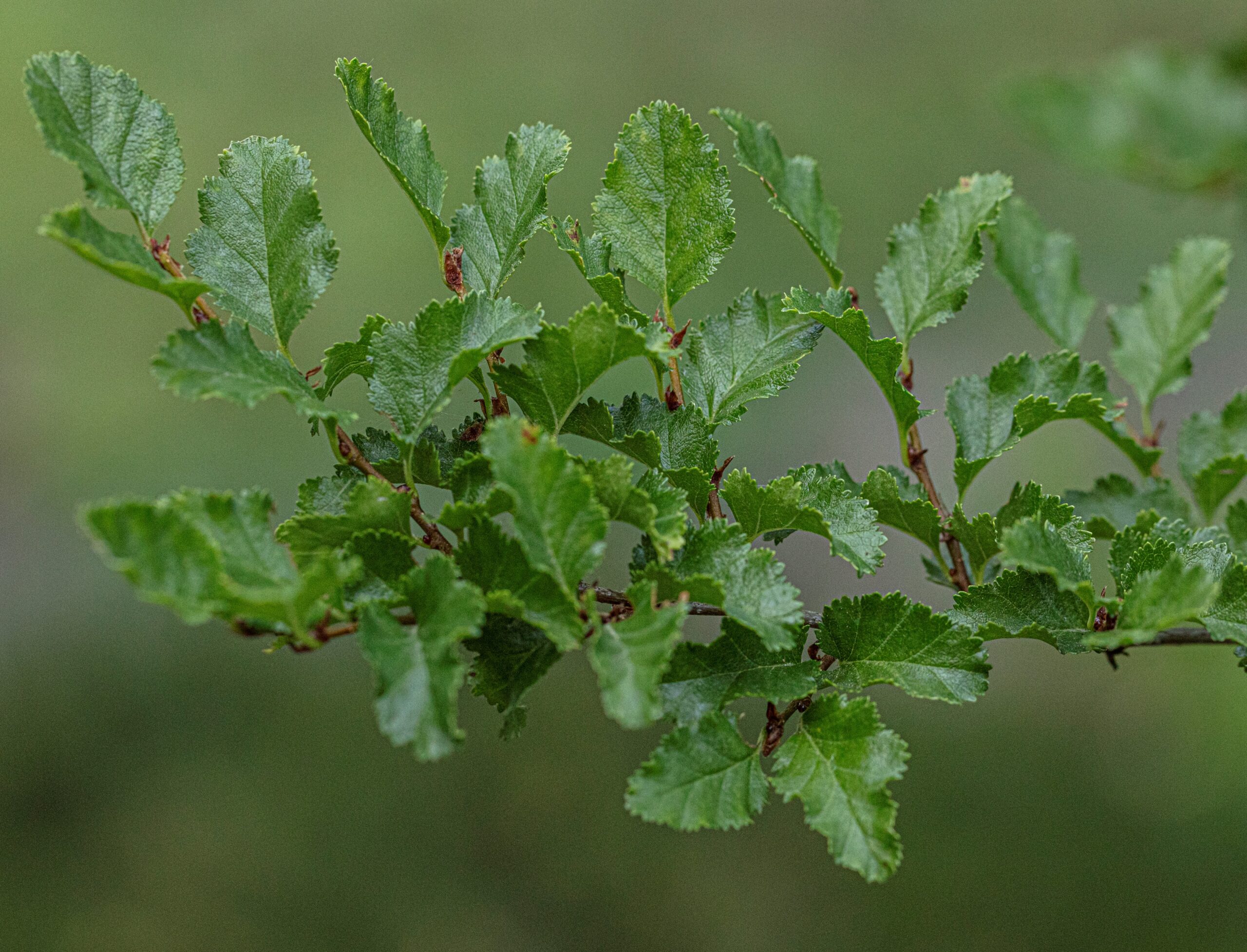Visiting gardens is a great way to see how other gardeners use plants in unique combinations while socializing with other gardeners. But probably my favorite reason to go is to see and learn about plants that are new to me.
Fortunately, the Hardy Plant Society of Oregon (HPSO) offers members like me the opportunity to visit gardens through its “Open Gardens” program. HPSO members provide access to their gardens so fellow members can stroll through and see new plants and unique plant combinations, view garden art and learn about new garden products, all while socializing with fellow gardeners. It is a delightful way to spend a day, as I did recently.
In mid-June, I visited the garden of Jeffrey Herbst and Marge Erwin. It was my first visit to see their garden, located along the Tualatin River in West Linn, Oregon. I was immediately impressed by the giant firs and cedars that formed the perimeter around the house and the garden. Jeff is a serious plant person with a passion for plants. He has created a collector’s garden.
As we toured the garden, Jeff told me about the plants and their history. I asked him about a tree that was unfamiliar to me and he identified it as a Nothofagus antarctica. For many years this tree was thought to be the southernmost-growing tree on earth. A native of southern Chile and Argentina, it was introduced to the United States in 1830. However, in 2019 another species, Nothofagus betuloides, was found growing farther south on the Chilean island of Hornos, which then became the southernmost-growing tree on earth.
The N. antarctica growing in Jeff’s garden has an airy appearance. The glossy leaves are small, dark green with crinkly margins, and the trunk has small white ridges that look like small steps.
Since this is a relatively rare species of tree, I was surprised to see another N. antarctica during a different visit to the garden of Pat and Dave Eckherdt in Salem, Oregon. About 10 feet tall, the Eckerdts’ tree grows in an open area and has the same airy appearance as the one in Jeff’s garden, which stands about 20 feet tall. Both appear to be growing well here in the Pacific Northwest, far from their native land.
As usually occurs, a visit to an open garden resulted in learning about a new plant, and also a lesson on the value of time.
Photo by Dave Eckerdt

